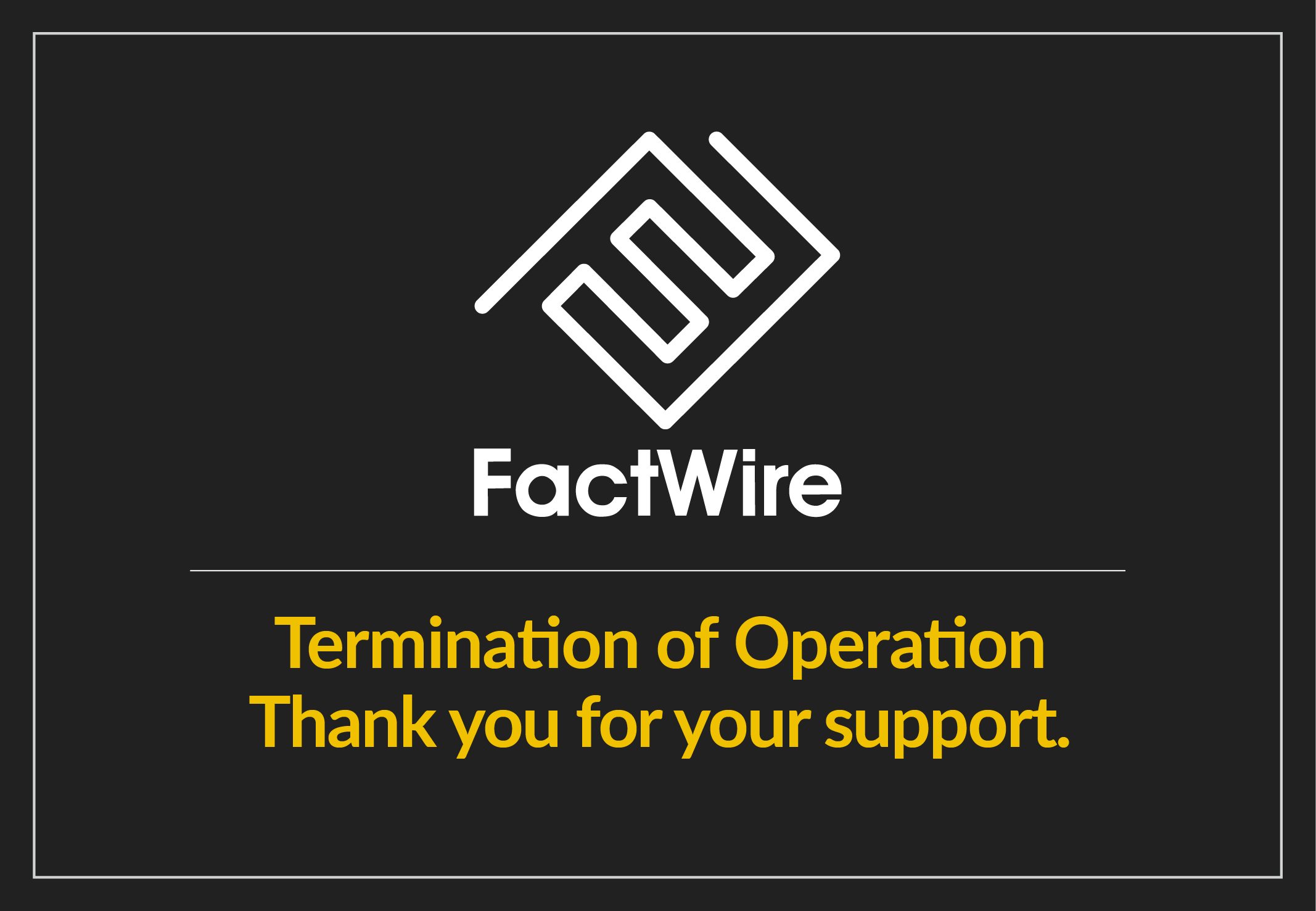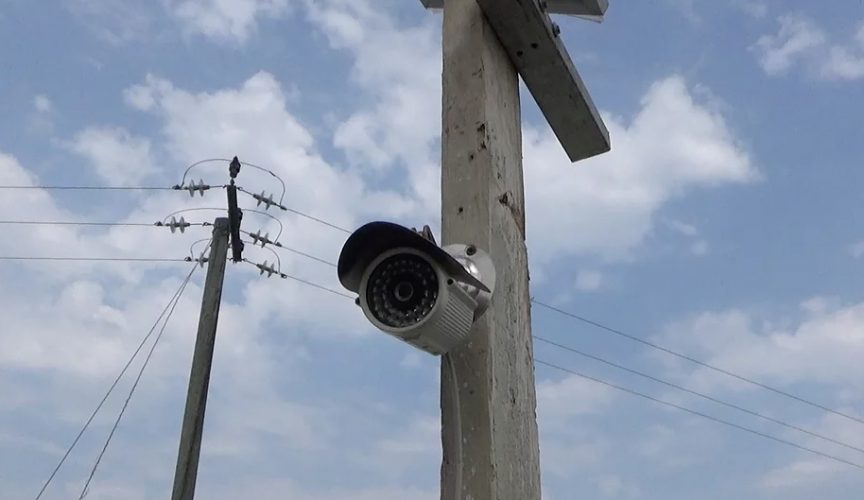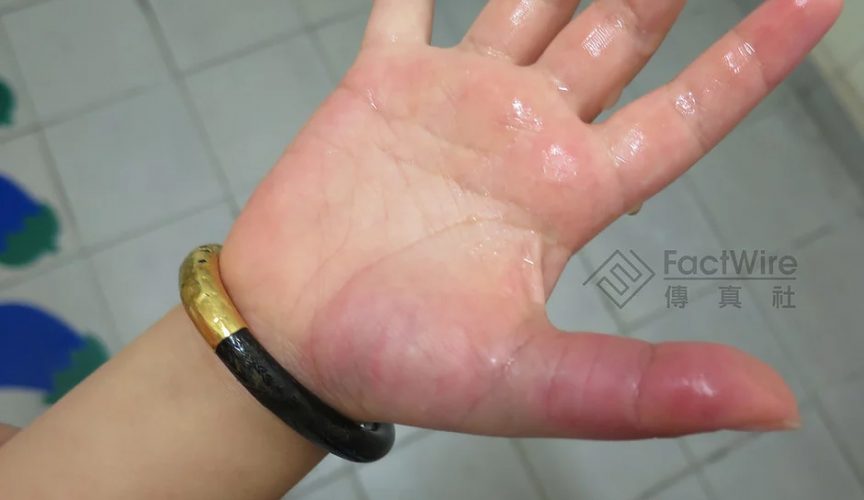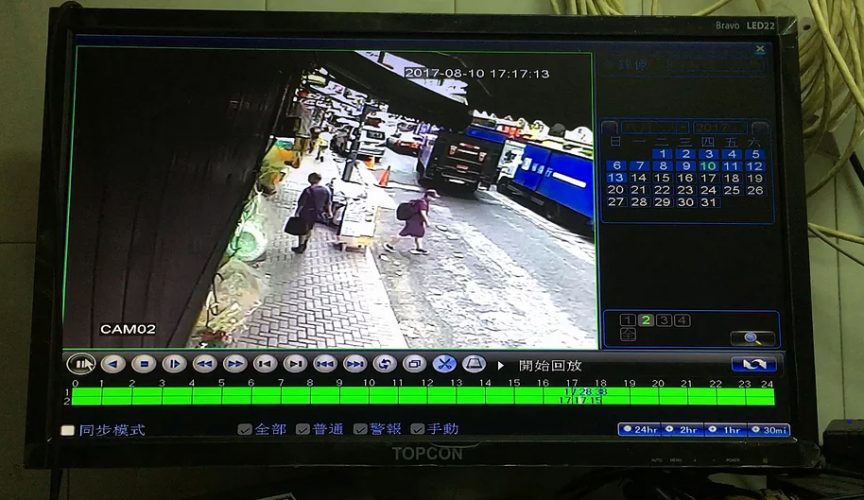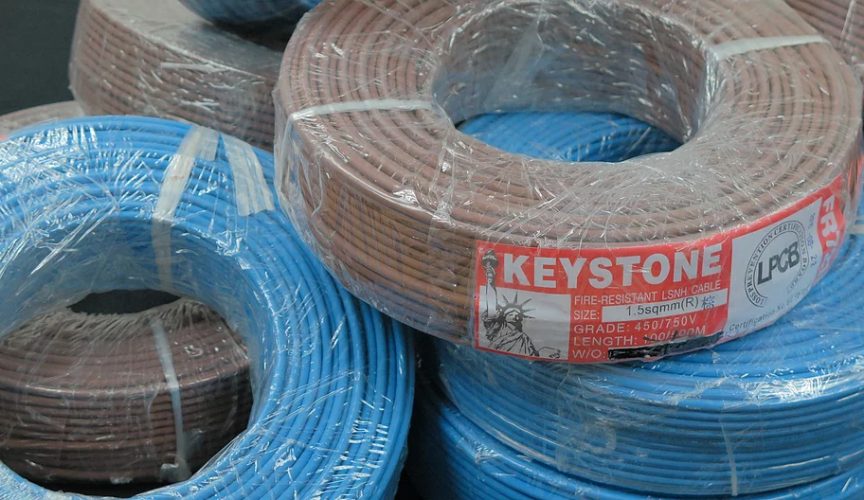For more than two years FactWire has been hard at work in bringing transparency to the opaque Taishan project
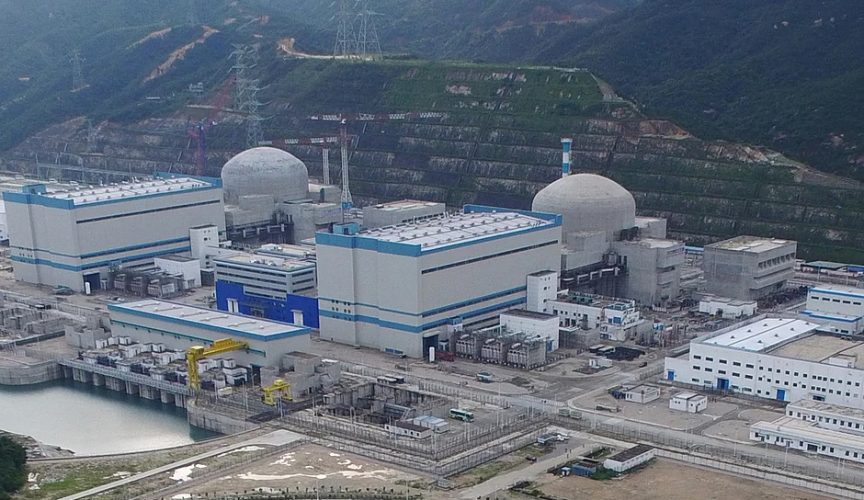
In China, the nuclear power industry is always shrouded in secrecy, and reporting on it in a country not known for its transparency is extremely difficult.
Over the past two years, FactWire has been tracking the construction of the Taishan nuclear power plant in Guangdong province, by going undercover, speaking to inside sources and poring over a mass of documents, in an attempt to lift the veil on the much delayed project on Hong Kong’s doorstep.
This is important because, the two so-called European pressurised reactors (EPR) at Taishan – the largest nuclear reactors in the world in terms of single-unit capacity – are only 130km from Hong Kong and surrounded by densely populated metropolises.
They are also using technology that has yet been proven elsewhere: the only other two EPR projects under construction, respectively in Finland and France, are beset by safety-related flaws and many years behind schedule.
In 2015, in an extraordinary falsification scandal, the reactor vessel heads at France’s Flamanville 3 were found to have weak spots due to carbon concentrations that could weaken the resilience of the steel.
However, there had been no official word from Taishan’s operator, state-owned CGN Power, that whether identical components of its EPR units, which were supplied by the same problematic manufacturer in France, had the same structural defects.
As FactWire exclusively reported last month, Taishan unit 1 has become the first EPR to come online, with many questions about its safety remain unanswered.
In May 2016, after receiving a tip-off that construction work at Taishan was nearing completion, we decided to visit the nuclear plant, but immediately were met with barriers at every step.
Located by the sea and at the foot of a mountain, the site is isolated, with the only road access guarded by the military. So just to get close and catch a glimpse, we had to rent a boat in a nearby fishing village. Led by a local boatman, we set sail for the secretive complex.
For almost an hour, our boat pitched and rolled across rough winds and choppy waters; at times, swept over by metre-high waves. The power station’s enormous domes loomed large on the horizon.
As our boat finally reached the discharge channel 1km from the reactors, we grabbed our drone, jumped off and waded ashore. Rare drone footage that we shot at the beach showed that the containment buildings housing the EPR reactors were already complete.
Our next target was engineers sent to Taishan by French utility firm EDF, a minority partner in the project. At one of a few restaurants they frequented in the city according to locals, we met seven French workers including nuclear engineers, power engineers, civil engineers and architects, who turned out to be reliable sources in our investigation.
From them, we learned that CGN Power had been pushing hard to “speed up” the construction so that the plant could make the 2017 deadline and become the world’s first third-generation reactor to enter operation, although, the engineers admitted, it could only realistically go online in 2018.
A more important revelation was that, to the surprise of many nuclear experts, some crucial components of Taishan were built in China, instead of France as the Chinese authorities had previously suggested.
Not long after our reporting in May 2016, local fishermen in the area where the nuclear plant is located were reportedly told not to take outsiders to sea by the authorities.
Fast forward to December 2017, by which time Taishan unit 1 was scheduled to start up, there was still no news from CGN Power except that, according to a transcript of a quarterly earnings conference call, the plant “encounter some difficulties in hot testing”.
We decided to pay Taishan another visit.
After several hours around restaurants, bars and hotels looking for foreign engineers from the power station, we ran into two of the French people we met a year earlier. However, they had become unforthcoming, presumably pressured by their employer. Reluctant to speak to us, they excused themselves, and abruptly left the table before finishing their meal.
Then the next day we met a worker who agreed to take us on a tour through the power station. In the car he arranged, we passed one checkpoint after another, each guarded by armed soldiers.
The facility was unusually quiet, as most French engineers had gone home for Christmas according to one local employee. Astonishingly, we were also told that a “boiler” built by a company in Harbin had cracked in testing and must be replaced.
Back in Hong Kong, after reviewing dozens of construction documents and academic journals, we were able to narrow down the suspected faulty parts to a component known as the deaerator, which removes dissolved oxygen by heating water. After dozens more phone calls to Taishan’s suppliers, our suspicions were confirmed by an engineer at Dongfang Electric, which subcontracted the manufacturing of the deaerator to Harbin Electric.
Incidentally, we also discovered a document from French nuclear regulator ASN – which was later translated to English with the help of the French Consulate – showing there was a carbon concentration issue in a steam generator head at Taishan, making it more prone to cracks.
CGN Power later admitted to “partial defects” in the welding of the deaerator, in press releases sent to the media, bar FactWire. The company had also repeatedly ignored our requests for comment, except incredibly in one instance, asked how many reporters we have at the agency.
Despite public concerns about the safety of Taishan, CGN Power has pressed on with the project and, as revealed by FactWire last month, secretly fired up unit 1 of the nuclear plant.
Data from the International Atomic Energy Agency (IAEA) shows that the reactor has reached first criticality in early June, an important milestone at which a nuclear reaction begins. CGN Power, both as a state-owned nuclear plant operator and a listed company, has an obligation to disclose this information to the public.
Neither did the company disclose operational issues found in a safety inspection, nor the fact that a defective reactor vessel head may have to be replaced by 2025, according to documents from the National Nuclear Safety Administration.
For more than two years FactWire has been hard at work in bringing transparency to the opaque Taishan project. With a great deal at stake, continuing to monitor the situation at the nuclear power plant has never been more vital.

